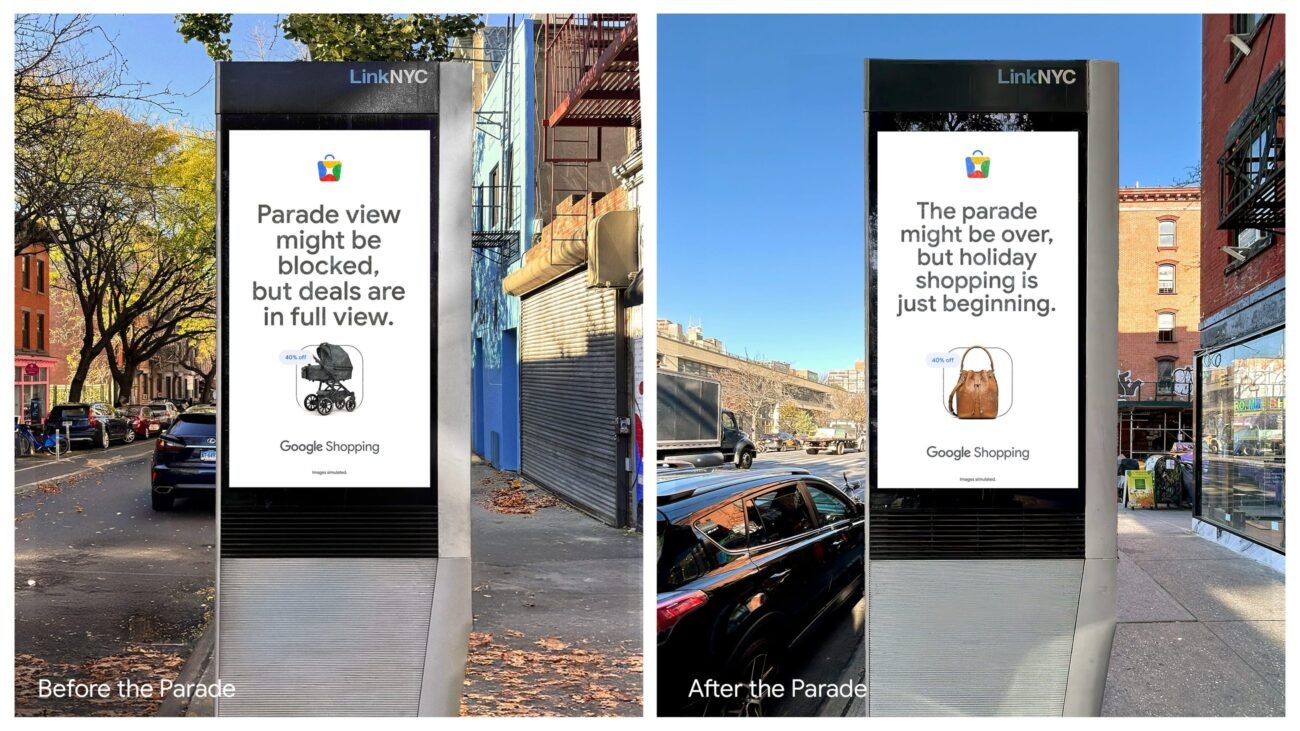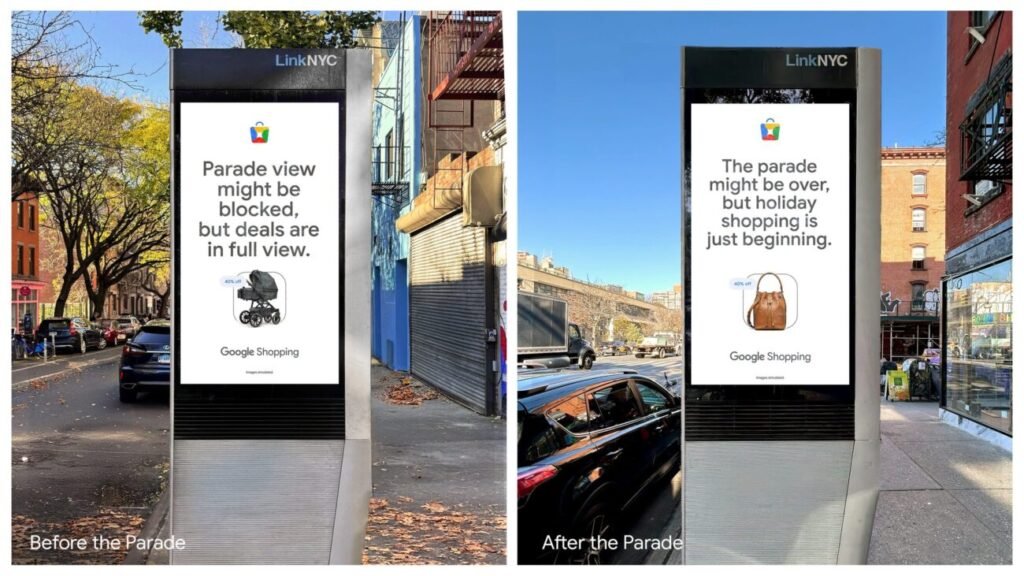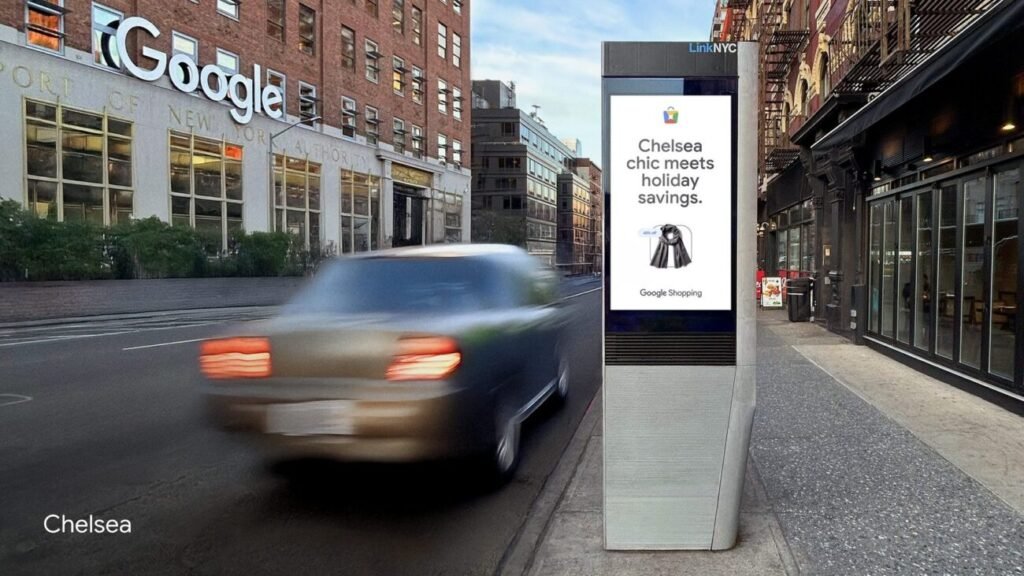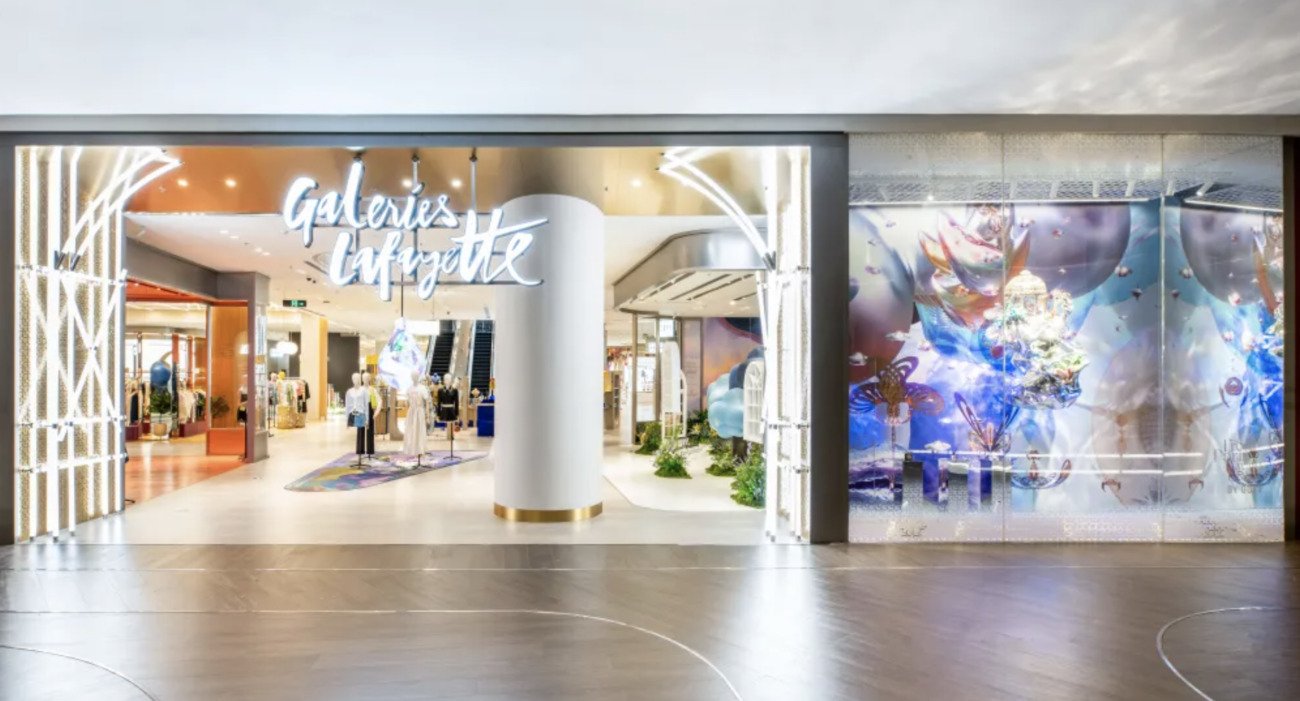Google Uses Hyper-Local OOH to Target Shoppers
In a city as diverse and dynamic as New York, a one-size-fits-all advertising approach simply doesn't cut it. Recognising this, Google Shopping and Addition embarked on a mission to make their ads feel like a

In a city as diverse and dynamic as New York, a one-size-fits-all advertising approach simply doesn’t cut it. Recognising this, Google Shopping and Addition embarked on a mission to make their ads feel like a natural part of each neighbourhood’s fabric. By using AI models like Gemini and Imagen 3 on Google’s Vertex AI platform, they generated hundreds of unique ads tailored to specific city blocks. These ads featured clever, location-specific headlines and relevant product imagery, creating a sense of familiarity and connection with passersby.

The AI Behind the Magic
Building for hyperlocal requires a fundamental shift in marketing strategy. It’s not just about collecting data; it’s about orchestrating all the right information. Addition designed a custom AI system built on a framework of interconnected functions. This system took in data, processed it using Gemini on Vertex AI, and output ready-to-deploy ads using Imagen 3 on Vertex AI.
Here’s a breakdown of how it all came together:
First, the team created a solid foundation:
Curated and provided by the Google Marketing team; the system ingested data from three primary sources to provide context to the AI models:
Media Data: Information about the locations of LinkNYC kiosks where the ads would be displayed
Google Maps API: Detailed map imagery and local insights to understand the unique characteristics of each neighbourhood
Google Trends: Current search trends to ensure the ads featured timely and relevant products.
Then, they uncovered local insights and generative copy: This stage leveraged Gemini’s powerful language capabilities to generate location-specific insights. By analyzing the data inputs, Gemini identified unique characteristics of each location, from nearby landmarks to the general neighbourhood vibe. These insights guided the development of clever, contextually relevant headlines.
The team then generated images and evaluated the best ones: With this data, the Gemini model generated location-specific insights and crafted witty headlines that resonated with local audiences. Simultaneously, the Imagen 3 model produced product images that matched the local context. The creative team then reviewed these AI-generated assets, ensuring they met brand standards and visual consistency before deploying them across the city.
Real-Time Relevance
One of the campaign’s standout features was its ability to adapt in real-time. During the Macy’s Thanksgiving Day Parade, for instance, the system updated ads before and after the event, reflecting the city’s evolving atmosphere. This agility demonstrated the potential of AI-powered advertising to stay in sync with cultural moments, enhancing relevance and engagement.

Key Takeaways
For retailers looking to harness the power of AI in their marketing strategies, here are some key insights:
Embrace Hyper-Localization: Tailoring content to specific neighborhoods or even city blocks can significantly enhance engagement.
Leverage AI for Creative Processes: AI models can assist in generating headlines, images, and insights, streamlining the creative workflow.
Stay Agile: The ability to update content in real-time allows your brand to remain relevant during dynamic events and cultural moments.
Combine Human and AI Strengths: While AI can handle data analysis and content generation, human oversight ensures brand consistency and emotional resonance.
By integrating AI into your marketing efforts, retailers can create more personalised, timely, and effective campaigns that truly connect with your audience.
 English
English




